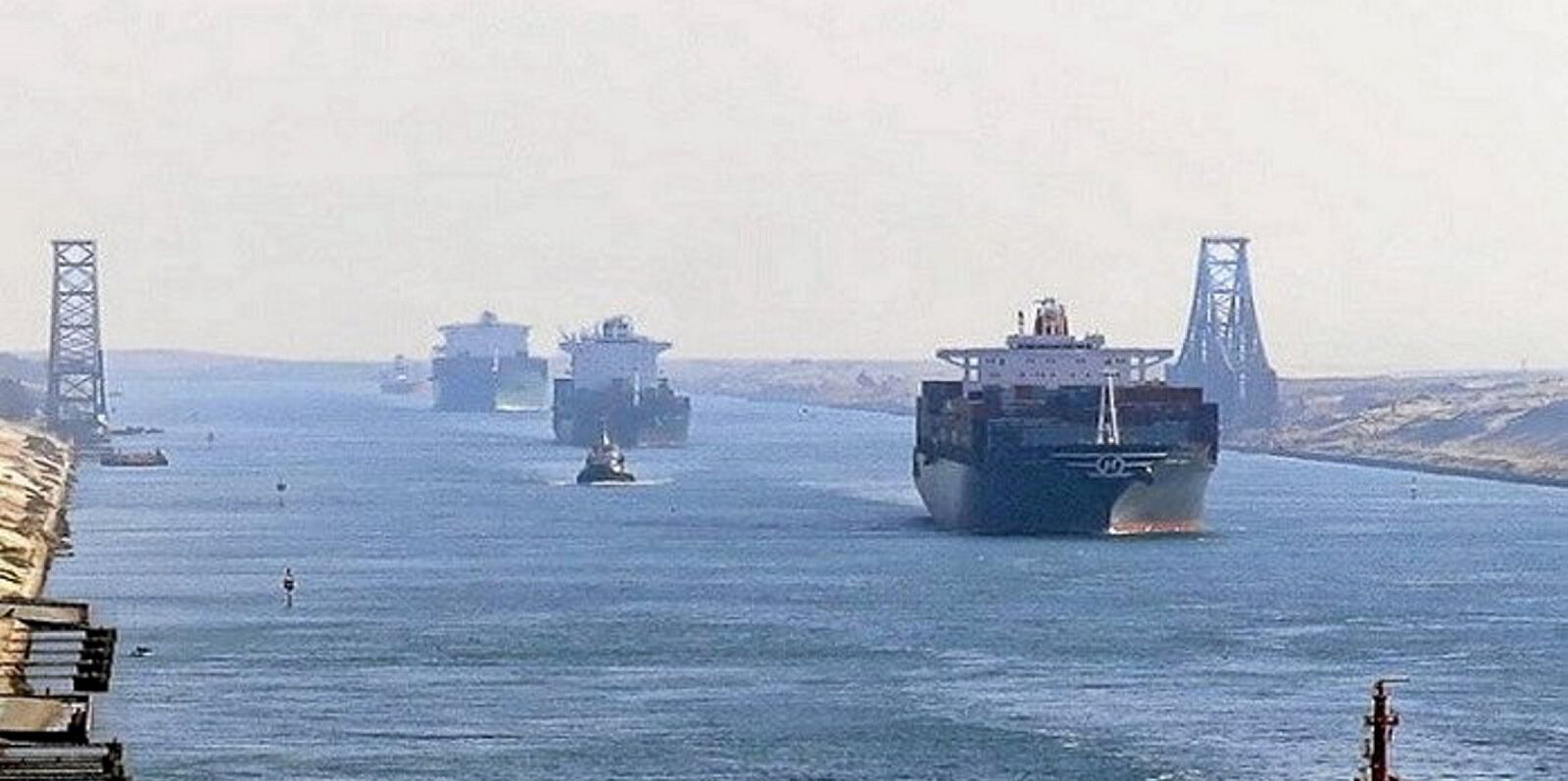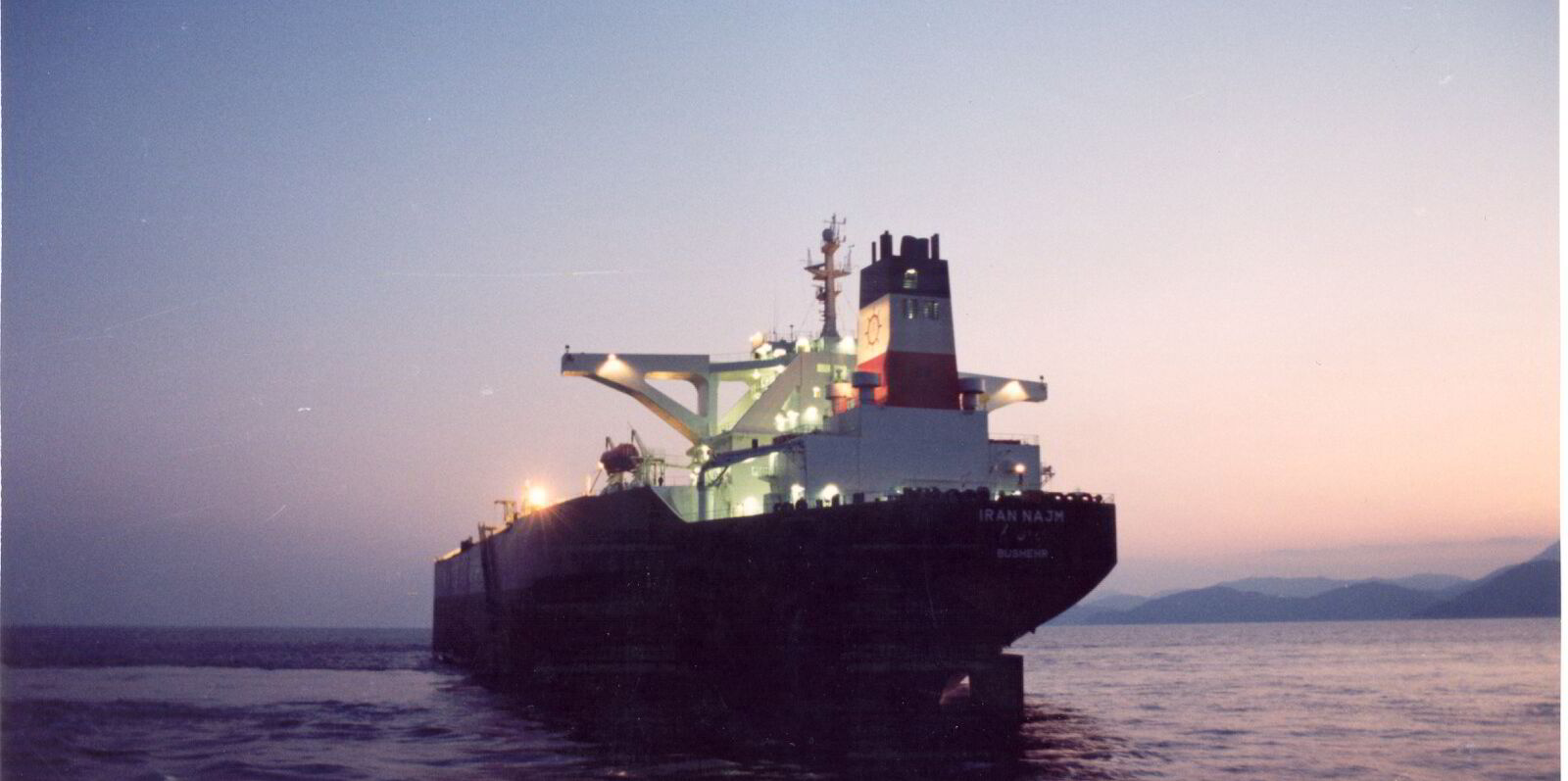A year ago, the rerouting of Russian oil had sent Suez Canal transits skywards, while drought dragged down Panama Canal crossings.
What a difference a year makes.
Clarksons research data shows how fortunes have reversed due to Houthi attacks on shipping in the Red Sea and the easing of crossing restrictions in Panama.
Suez transits have plunged 70% in gross tonnage terms compared with 2023 average levels, Clarksons said.
Crossings by container ships, car carriers, cruise ships and LNG carriers are all down about 90% or more.
Bulker and tanker journeys are between 40% and 50% lower.
With vessels heading around the Cape of Good Hope, Clarksons estimates a 3% boost to overall shipping tonne-mile demand this year.
The figure for container ships in isolation is as much as 12%.
On the flip side, Panama Canal transits have been increasing in recent months, rebounding from the impacts of exceptionally low water levels, which saw restrictions introduced, curbing transits through late 2023 and much of 2024, researcher David Whittaker said.
Restrictions have been gradually relaxed this year.
Panama transits up 35%
Clarksons logged 10.3m gt of Panama Canal transits in the latest full week of data, in line with 2023 average levels and up by 35% from the lows seen in January and February.
“So, transits overall are now more-or-less back to normal, but trends have diverged by vessel sector,” Whittaker added.
Container ship transits have been running above 2023 levels since May, reflecting both their priority in the booking system and also knock-on impacts from the Red Sea rerouting.
Bulker transits had been weak for much of this year, down 75% versus 2023 in February.
But they have made up ground more recently, and are now down only 10%, Clarksons calculated.
“The geopolitical situation in the Middle East remains challenging and volatile, and most liner companies, for example, are now planning for rerouting away from the Red Sea to continue well into 2025,” Whittaker said.
The company is now making all of its own base-case forecasts on the assumption that rerouting continues, he added.





